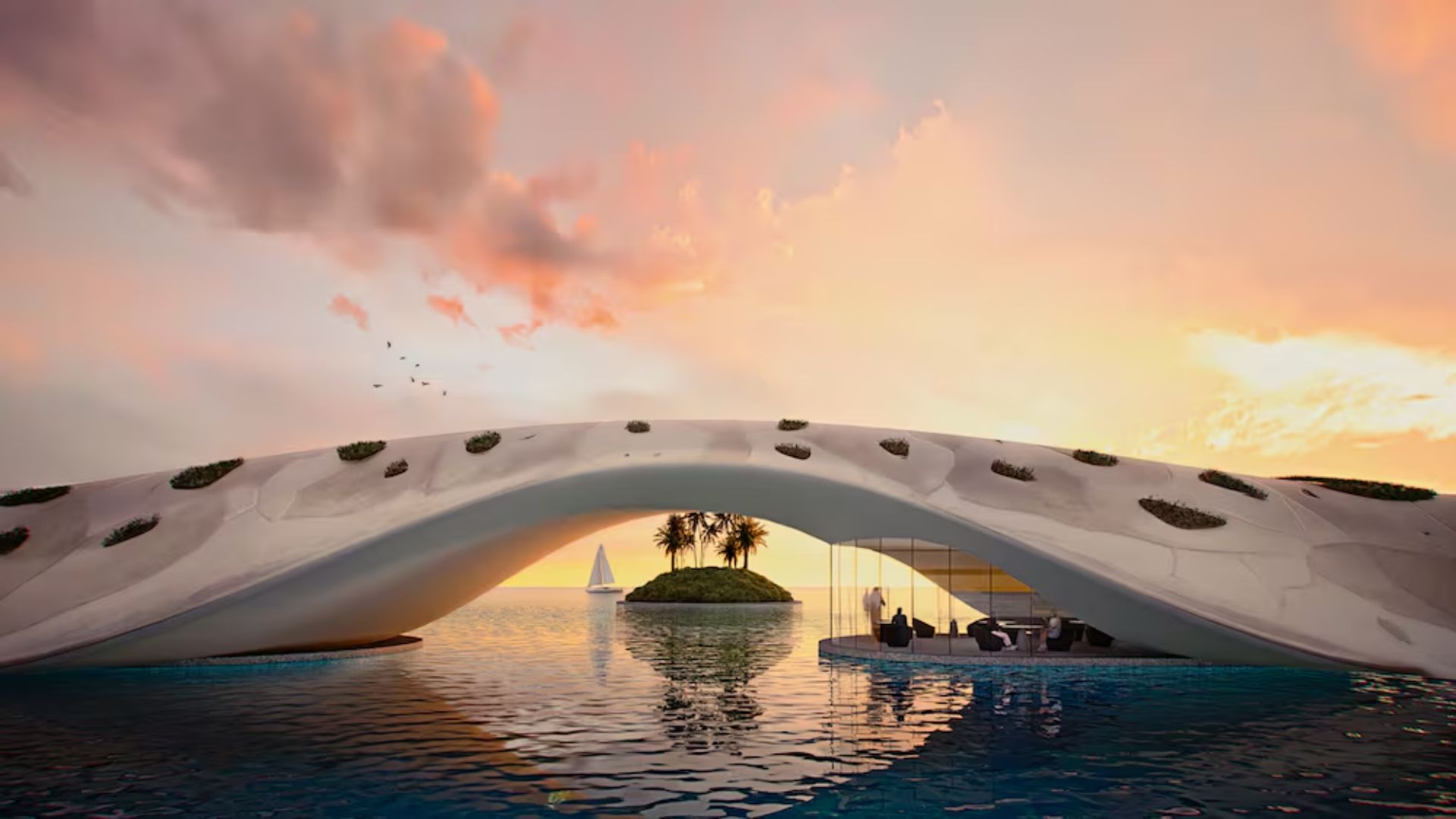Dubai - Dubai unveiled plans for its longest public beach in Jebel Ali, aimed at becoming a significant eco-tourism destination. Sheikh Hamdan bin Mohammed, Crown Prince of Dubai, approved the 6.6 km Jebel Ali Beach Development Project, allowing visitors to observe turtles in their natural habitat. This initiative aligns with the Dubai 2040 Urban Master Plan, which aims to increase the size of public beaches by 400%.

Sheikh Hamdan emphasized creating spaces rich in beaches, open areas, and recreational greens to enhance the well-being of residents and make Dubai the best place to live globally. The Dubai Media Office described the beach as a “distinctive recreational destination” prioritizing environmental preservation.
Mattar Al Tayer, Dubai's commissioner general for infrastructure, urban planning, and well-being, highlighted the project's focus on nature conservation. The Jebel Ali Beach Development Project, located within the Jebel Ali Wildlife Sanctuary, is the first of its kind in the UAE. The sanctuary is listed under the Ramsar Convention on Wetlands of International Importance. The development will enhance ecosystems and wildlife, including turtle habitats and mangrove planting, contributing to blue carbon footprint growth while maintaining minimal ecological impact.
The project features a 5 km sandy beach developed by Nakheel and a 1.6 km mangrove beach by Dubai Municipality. It includes a 2 km open swimmable beach, a 2.5 km diving sports area, a walkway with viewing platforms, and recreational zones for all ages. The beach will be connected by a two-lane road in each direction, with parking for 1,000 vehicles, 80 bicycle racks, a cycling track, and a 5 km running track.
The beach will span three locations:
**The Pearl**: Near the entrance of Palm Jebel Ali, it will host beach and recreational activities, including a beach club, children's play zones, restaurants, cafes, shops, and a floating restaurant.

**The Sanctuary**: A conservation area for turtles and other wildlife, housing recreational and sports activities focused on safe environmental exploration.

**The Nest**: Within the mangrove area, it will feature an environmental center for biodiversity studies, turtle rehabilitation, and public education on coastal ecosystem preservation.

Mr. Al Tayer mentioned that the architectural design is inspired by marine nature and the Boho Style, incorporating locally available elements and materials.